Planning a trip to Portugal? You need to read this before visiting! I am proving general advice about where to go, what to eat and how much to budget.
Portugal exceeded my expectations in all ways possible.
Before visiting a country, I think all of us have some sort of idea on how it is going to be based on books, blogs, videos, info found on travel forums and comments made by people who have visited.
I had my own idea of how fantastic Portugal was going to be. It ended up being a 1000 times better. I came back obsessed with the food, cities, beaches, mountains and some of the nicest people I have ever met during my travels.
Since I liked the country so much, I want to encourage you to make plans and visit. That is why I have compiled all my best tips for those who are planning a trip to Portugal.
This is by no means a comprehensive guide. It is impossible to pack knowledge about an entire country in 3,000 words. These are things I wish I knew before visiting, things to take into consideration and things that I will not do during a return visit.
I hope you find this useful. Happy travels!
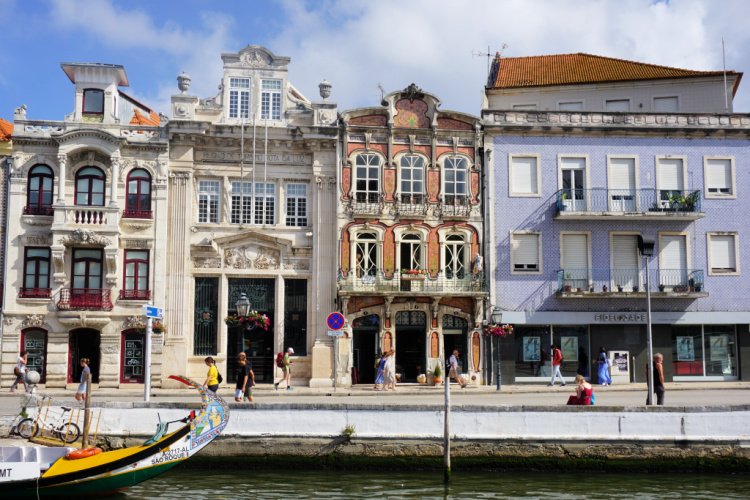
Table of Contents
Planning a Trip to Portugal: When to Visit
I visited Portugal in August. I know, that wasn’t the wisest choice (but I found such a good deal).
After my experience, I can categorically advise avoiding a visit to the country during July and August. We did not experience extreme weather every single day (let me make that clear).
However, temperatures in the Lisbon area were over 100 degrees Fahrenheit. Open-air sightseeing was almost impossible from 12:00 p.m. to 5:00 p.m.
Therefore, I am convinced spring and fall are the best seasons to visit. Now, if you are planning a beach vacation, summer may be the season of choice.
If you are out of options and have to visit Portugal during July and August, I recommend checking the weather forecast and planning according to the daily maximum temperatures. I experienced nice weather on all my stops north of Lisbon. In Lisbon, since temperatures were burning hot, we started sightseeing early and planned indoor activities for the hottest part of the day.
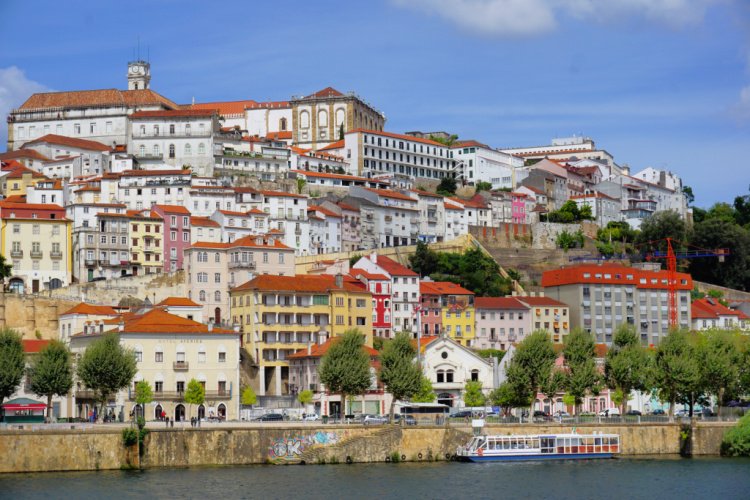


Dealing with the Crowds
Before visiting Portugal, I read about the country’s rising popularity and how that situation was bringing a big number of tourists to the main cities.
After visiting during the high season, I can confirm the crowds have descended to the country. Lisbon (of course) and Sintra had the most people. Places such as Sao George Castle, the Jeronimos Monastery, the Belew Tower, the Santa Justa Lift and the Pena Palace had insane lines.
If you want to avoid human congestion, get outside Lisbon. The farther north, the best.
While in Lisbon, make a list of the places you want to see and head to those as early as possible. Before my visit, I read it is best to visit some places after 3:00 p.m. or 4:00 p.m. I found this inaccurate. Early is best.
Also, assess if the place you want to visit is worth the 2 hours long queue under the sun. You do not have to visit every single attraction.
Using public transportation brings its own challenges because of the crowds. Expect long waits for buses or trams because of the huge number of people. Getting a seat may be impossible.
Lastly, arm yourself with patience and enjoy your day. Being surrounded by hundreds of people does not sound like fun but it is a reality in some places. Do not let that fact tarnish your trip.
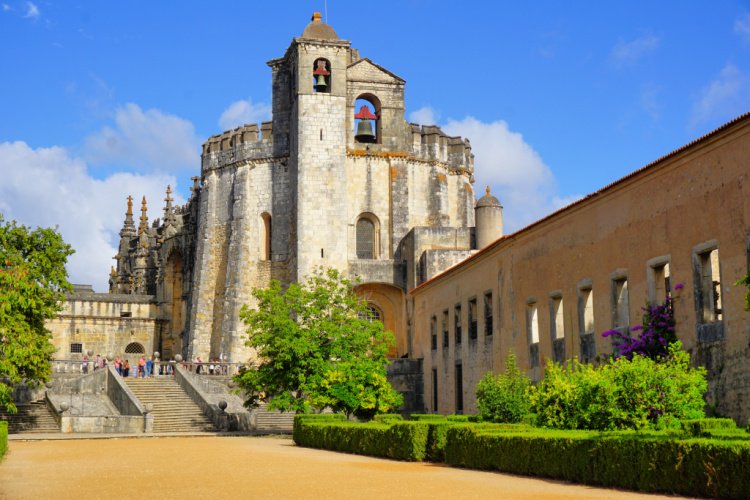


Planning a Trip to Portugal: How Long to Stay
I spent 12 days in Portugal. While that was a good amount of time to get a taste of the country, that amount of time was not sufficient to see all I wanted to see. I could have spent a month there.
I know deciding on the length of a trip is a personal decision but I would say at least a week is needed to get a decent idea of what Portugal has to offer. You can easily double or triple that amount of time and you would not run out of things to do or places to visit.
Less is more. Leave time on your itinerary to explore and enjoy the places you are visiting.
Itinerary and Places to Visit
To give you an idea of how to plan an itinerary, these are are the places I visited and the length of time I stayed on each.
Porto (2 days) – The most popular city on the north surprised me with its incredible food, excellent wines, great views, imposing bridges and gorgeous architecture. People say you only need a day, I say you need 2 or 3. Dedicate one day to sightseeing and another to the food and wine.
Douro Valley (1 day) – You need to visit the Douro Valley! The beauty of this place will blow your mind! We visited as a guided tour from Porto. While this was an expensive option, it was worth every dollar paid. We didn’t have to worry about driving, logistics or reservations. All the stops were excellent.
Aveiro (half day) – This town is known as the “Venice of Portugal” because of its many canals. You can tour the canals aboard a traditional boat known as a “moliceiro.” In addition, you can stroll around the center of town, visit the salt pans, stop by the market and try the ovos moles (the most popular sweets in the area).
Coimbra (half day) – This beautiful town, located at the banks of the Mondego River, is famous for having one of the oldest universities in Europe. The university itself is a must (looks like a palace). Strolling the medieval quarter is the thing to do in the late afternoon. There are many small restaurants, wine, and specialty shops.
Tomar (4 hours) – Tomar is a lovely small town but most people stop by to visit the Convent of Christ, an imposing monastery built by the Knights Templar. We also visited the Castillo de Almorol but found it closed during midday.
Batalha (2 hours) – This is another impressive monastery that can be visited in a couple of hours. The Unfinished Chapels made my jaw drop.
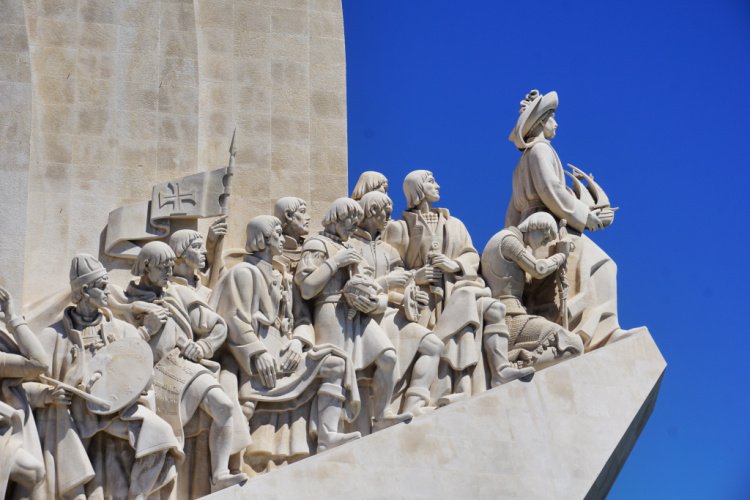


Nazare (1 day) – Oh, I completely fell in love with Nazare! We explored the high part of town and the fort one evening and went to the lower part of town the next day. This is a place to chill out.
Obidos (2.5 hours) – This medieval town has a castle, a beautiful main street, book shops, and multiple viewpoints. You can walk the castle walls if you dare (it is super scary). The notorious Ginja (cherry liqueur) can be tried on many shops (it is served on a chocolate cup, you eat the cup after drinking the liqueur).
Sintra (1 day) – This is one of the most popular places to visit in the country. In a day, we were able to visit the Pena Palace, the Moorish Castle, and the Quinta de Regaleira. One day in Sintra is not enough. I had planned two days there but, after dealing with the crowds, I decided to do something different the next day.
Cascais (1 day) – This is one of the premier beach/resort towns in the Lisbon area. There is enough to see and do to spend an entire day there. Plus, you can opt to visit Boca do Inferno, Prai do Guincho and Cabo da Roca.
Lisbon (3 days) – The largest city in Portugal has a castle, many viewpoints (miradouros), markets, old neighborhoods, parks, museums, a wide array of restaurants and proximity to the sea. There are a lot of options in terms of tours, activities and day trips.
I could have stayed more time on every single place of this itinerary. There is really a lot to see, absorb and experience. Take this into consideration when planning a trip to Portugal.
As mentioned, the possibilities are endless in terms of what you can add to a travel itinerary.
I wish I had time for Guimaraes and Braga on the north, the Bussaco Forest, Peniche, Ericeira, Mafra, Evora, Arrabida Natual Park in the Center and the Algarve Coast on the South.
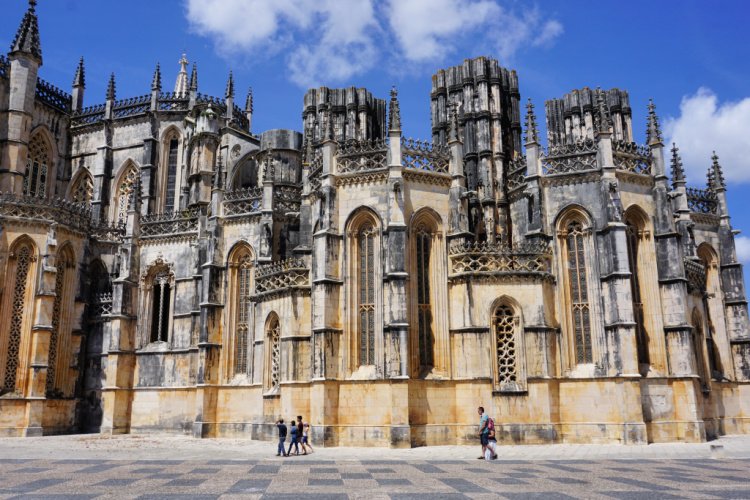


Planning a Trip to Portugal: Budget
Portugal is possibly the most affordable country in Western Europe. I found it, in most cases, a bargain when compared with Spain (statistics sustain this fact).
Therefore, the money you have set apart for travel can go a long way. It can go even longer if you try to stay away from the tourist hot spots.
Here is an example of the prices I experienced:
Accommodations – A room in a pension or simple hotel was 30-40 Euros. These were the prices in the high season. Imagine how much lower they are in the shoulder or low season. I booked three months ahead of my trip.
Breakfast – A pastry and small coffee can be had for 2-3 Euros.
Lunch and Dinner – We paid 10-15 Euros, per person, for most meals. This is kind of an average including a beverage, appetizer, tax, service, and cover. We ate mostly fish and seafood so, I think the prices were fantastic. We ate non-seafood plates for 6-7 Euros.
Attractions – Most attractions had an entrance fee of 10 Euros. Some of the Sintra palaces were more and when combined in a single day, they do add up. Choose what you want to see carefully. I am a believer that you do not have to visit every attraction (looking at some from the outside is more than enough) but several places are worth the money.
Tours – I only booked two tours (one to the Douro Valley ($90 per person) and another to the port lodges of Vila Nova de Gaia ($40 per person)). Even though they weren’t the cheapest activities, we would have paid a lot more in other Western European countries.
Public transportation – A single metro ride is about 1 Euro. A daily pass, including trains (metro), buses, trams, and lifts, is 5-6 Euros.
Car Rental – For a 5-day rental, we paid $200. That is $40 a day which can be considered expensive. However, that was the cheapest option I found, during high season, booking three months in advance. Add to that fuel, tolls and transponder rental. Skip the car for big savings!
Long-Distance Train (Lisbon to Madrid) – Tickets can be bought for 25 Euros but you need to book way ahead of time.
Uber – We used Uber only once to reach Porto’s airport. The price was decent but public transportation is cheaper.
Souvenirs – If you want to bring something home, there are many options at good prices. I tend to concentrate on things that can be used and are created by locals.
ATM Fees – I noticed Portuguese banks were charging up to 5 Euros to withdraw money. I do not remember seeing banks of other countries charging this kind of fee. You may need to limit the number of times you withdraw money from the machine.
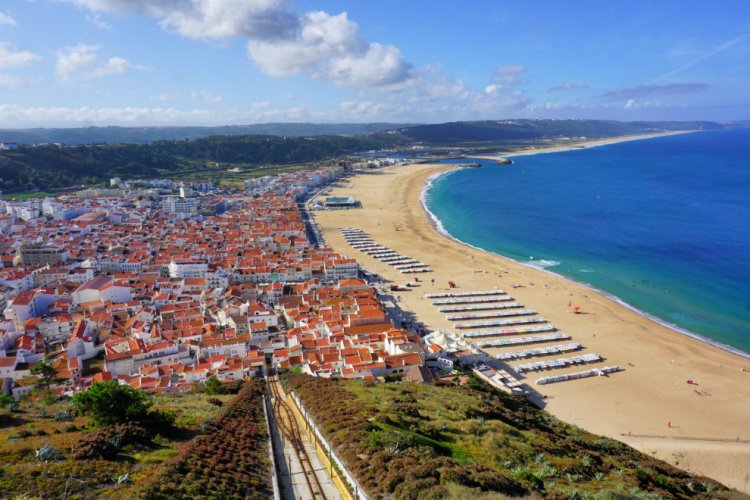


Public Transportation
Public transportation in Portugal is efficient and inexpensive. Buses and trains are ideal to move around the cities, do day trips and transfer to/from the airports.
Other than buses and trains, some cities have trams, elevators, and funiculars. This will help you to handle hills and to move from a low to a high area (and vice-versa).
Now, some public options can get busy depending on the time of the year. Get ready to wait and ride standing.
People deal with the crowds by flagging a tuk-tuk or golf cart (there are tons of them in Lisbon and Sintra). Keep in mind a one-way ride can set you back 10-12 Euros.
Renting a Car
Renting a car gives you a lot of flexibility. I do not think we would have seen so much without a car. Plus, I was able to stay in off-the-beaten-path, residential areas which lowered my accommodation costs.
Even though I enjoyed having my own wheels, it wasn’t all peaches and cream. As mentioned, we paid $40 per day to have a car and that cost didn’t include fuel and toll. The car was manual. Automatic rentals cost more.
Before deciding on renting a car, you need to calculate the “total” cost of the rental. The total cost includes:
- Rental Price
- Fuel – A gallon of gas in Portugal is $7-$8 (almost double the price of what we pay in California). Calculate how many miles (or kilometers) you can drive with a tank of gas and compare with the expected road trip mileage
- Transponder for Tolls – In Portugal, there are two types of tolls, entirely electronic and those that allow other forms of payment (cash, cards). Because of the electronic tolls, I recommend renting a transponder from the rental agency (1.5-2 Euros per day of rental). If you do not have the transponder, you will have to go to a postal office to pay the tolls.
- Tolls – We paid about 30 Euros to drive between Porto and Lisbon. See where we stopped above.
- Insurance – We used a credit card to cover the car insurance. Think about this cost if you cannot cover it with a credit card.
- Excess – This incredibly high amount (900 Euros in our case) is held on your credit card in case something happens to the car. You are not technically spending this money since the hold is release once you return the car but you need to have enough credit in a card to cover this.
- Extras – You may need to pay for things such as car seats, a navigation system, etc.
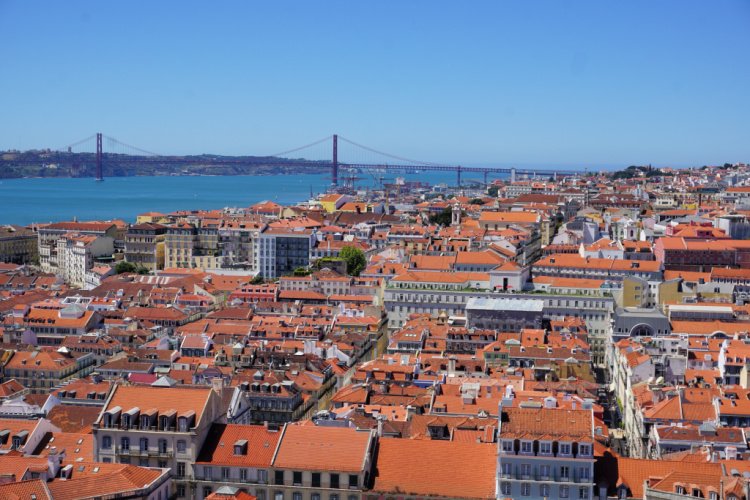


Having a rental car in the big cities does not make sense. We picked up the car when leaving Porto and dropped it before arriving in Lisbon.
On a similar note, I do not recommend driving a car around Sintra. It is suicide. We left the car parked at an area called Portal de Sintra and moved using public transportation.
The roads in Portugal are excellent. They do have tons of roundabouts. Make sure you know how to handle those.
Parking can be a challenge at some beach towns. The lines to get a spot are insane. The trick is to arrive early (before 9:00 a.m.) to secure a space.
Do not rely 100% on your rental’s navigation system. I found the one in our car difficult to use and inaccurate. Many times, we were not able to write a specific address and other times, it was sending it off track. The thing took us against traffic three times. So, have a backup (cell phone with data).
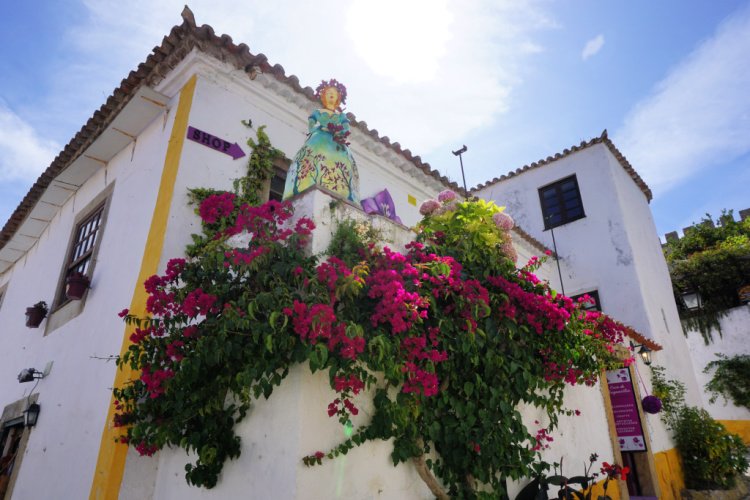


Planning a Trip to Portuga: Cell Phone Coverage
Upon arriving in Portugal, I went to the Vodafone store in the Porto airport. In there, I got a sim card with 30 GB of data good for a two weeks period. I paid 15 Euros for the card. You can get a combination of voice and data for similar rock bottom prices.
You need an unlocked phone to use the sim card. Make sure you have unlocking code from your service provider (or ex-service provider) before leaving the country.
Try the sim card before leaving the Vodafone store. The Internet was not working on my phone. I asked an employee and she was able to fix the issue.
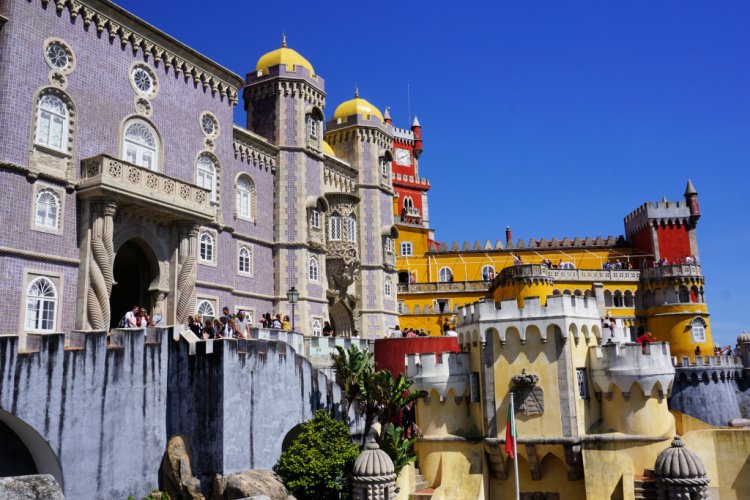


Food and Meal Times
You will eat like a king (or queen) in Portugal. Everything I had was delicious!
On the coast, or close to it, get prepared to experience fish and seafood dishes. These are not repetitive since they have tons of different preparations, house specialties and a variety of creatures to choose from. Side dishes include potatoes and green salad.
Codfish is the most popular fish. You will see dishes involving it everywhere. Beef, sausage and pork specialties are available too.
I was surprised by the number of bakeries and the huge selection of pastries in Portugal. I am not sure how people look so healthy when there is so much sugar floating around.
You may have heard about the famous pasteis de nata. They are a dream of goodness and it is easy to have one (or more) every single day.
But, there is way more than the pastel de nata. Each region and city has its own sweet specialty. When you combine all those varieties, they hardly fit in a bakery. Therefore, if you like sweets, Portugal is the destination for you.
Wine is another big aspect of Portuguese culture. Port seems to dominate the topic but the country produces great table wine too. And, remember I mentioned the Portuguese have a sweet tooth? Well, each region seems to have its sweet wine or liquor too (examples, Moscatel de Favaios, Moscatel de Setubal, Ginja, Carcavelos).
And, let’s not forget the Vinho Verde (green wine). This is a totally different category the Portuguese have mastered. When asking for the wine of the house, you are probably going to be served vinho verde. It goes well with seafood and its fizziness helps you to cool down on a hot day.
In terms of mealtimes, breakfast is a small affair consisting of a pastry/piece of bread and a coffee. Some small restaurants and snack bars serve small sandwiches and tostas (toasted sandwiches). However, I felt like these places were catering to tourists.
Lunch is served from 12:00 p.m. to 4:00 p.m. Restaurants close from 4:00 p.m. to 7:00 p.m. During that time, you will only find snacks such as codfish fritters, croquettes, tostas, and bifanas. Cake and pastries are available too.
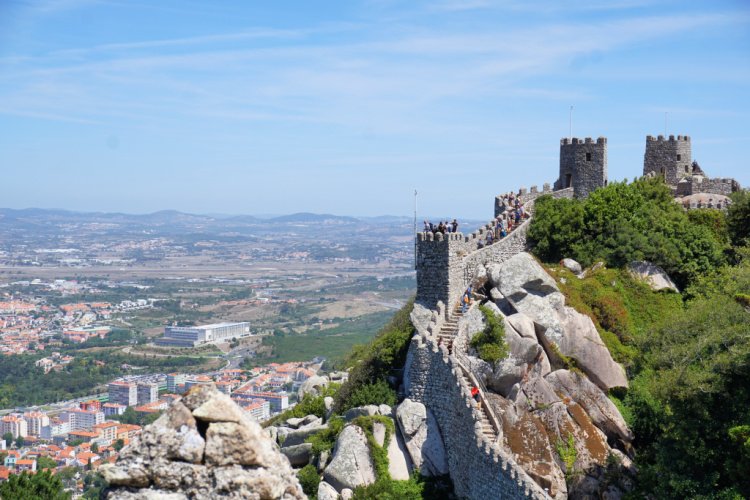


Language
If you are an English speaker, learning some phrases in Portuguese will help you to communicate better.
I was not able to assess the English dominance of locals because I barely spoke English. As a Spanish speaker, I was not going to throw English at a Portuguese. My Spanish and the little Portuguese I know took me all the way through. If you speak a romance language, you should not have problems in Portugal.
Now, my guess is that English is widely spoken but not at the level of countries such as Germany, Austria, and Switzerland. As a matter of fact, this is the place in Europe where I have heard less English spoken. Portuguese, Spanish, and French dominated the landscape.
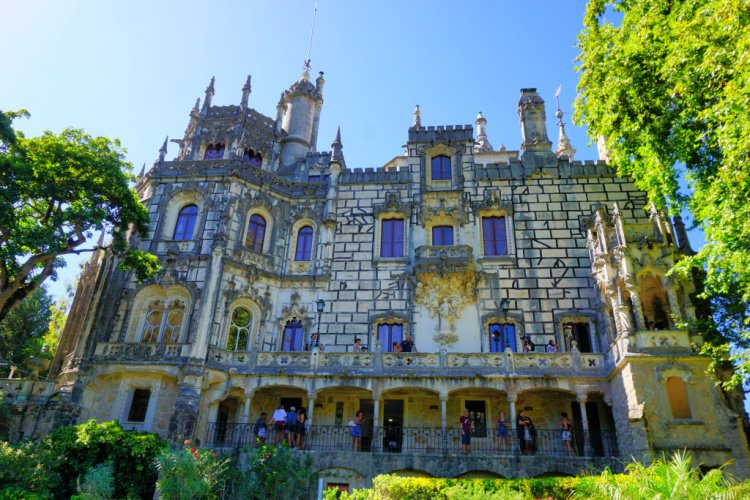


What to Take
I pack light. As a consequence, I didn’t take much to Portugal but what I took was enough to make my trip comfortable.
Since I visited during the summer, I took several dresses, some blouses and a pair of pants to match. I took a jacket since you never know when you chilly weather if going to hit you.
I took a hat, sunglasses, plenty of sunblock and chapstick. I had a moisturizer with SPF to use on the face.
One of the most important things you are going to need is good shoes. I took two pairs of sandals. Sadly, one pair did not pass the extreme terrain test. Some parts of Portugal have uneven pavement and cobblestones. The pair I am referring to has a bit of a platform and I didn’t feel safe wearing it (felt like I was going to fall at any moment). Plus, there are a lot of slippery sidewalks in Lisbon. I had to stick to a pair of Tevas having a stable sole and strong grip.
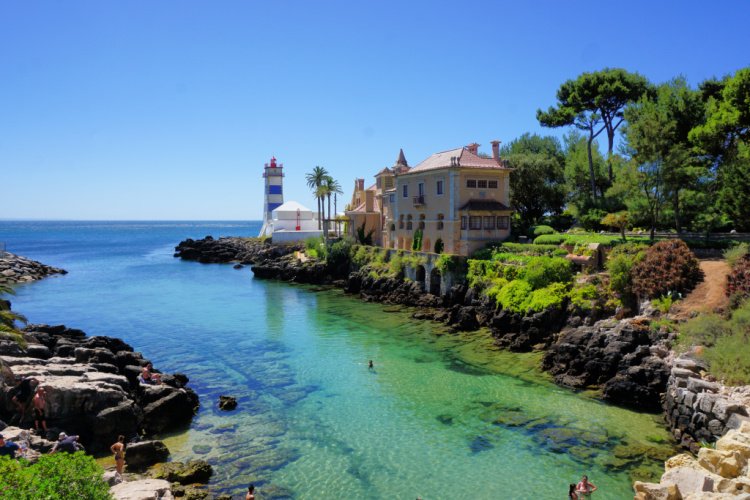


Planning a Trip to Portugal: General Observations
Portuguese people will get out of their way to make sure you are doing fine. If you need help, feel free to ask.
During my travels, I have seen all sorts of people trying to scam travelers. I feel like the Portuguese are not interested in taking advantage (unfairly) of people visiting the country. If one plate is good for two people, they will tell you. If it is more cost-efficient to order one thing than another, they will tell you.
Credit cards are widely accepted and it is easy to move around with small amounts of cash.
I found it difficult to get rid of a 50 Euro bill. A lot of people do not want to accept it. If you get one from the ATM machine hustle until you get it changed.
I am not sure what was going on but we were offered drugs several times while walking around the cities. Do not accept this type of offerings. For real!
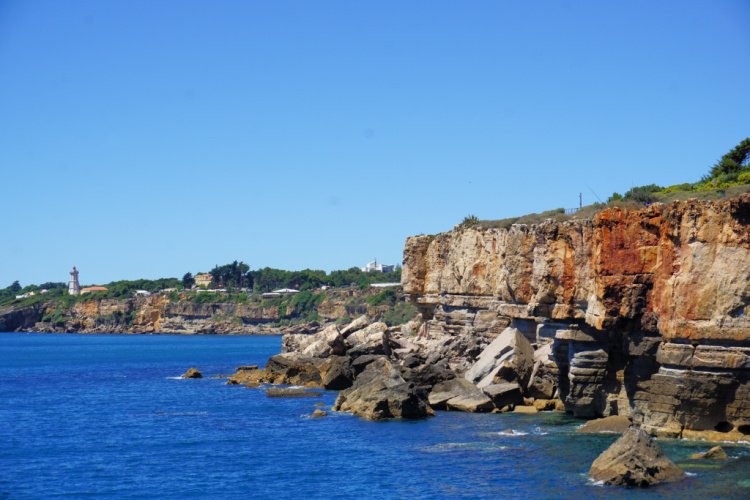


___
So, there you have it! Here are my comments/observations about Portugal. I hope you find them useful in your trip planning. Feel free to reach out if you have questions.
Read More
What are your Portuguese panning tips?
Pin “Planning a Trip to Portugal” for later!
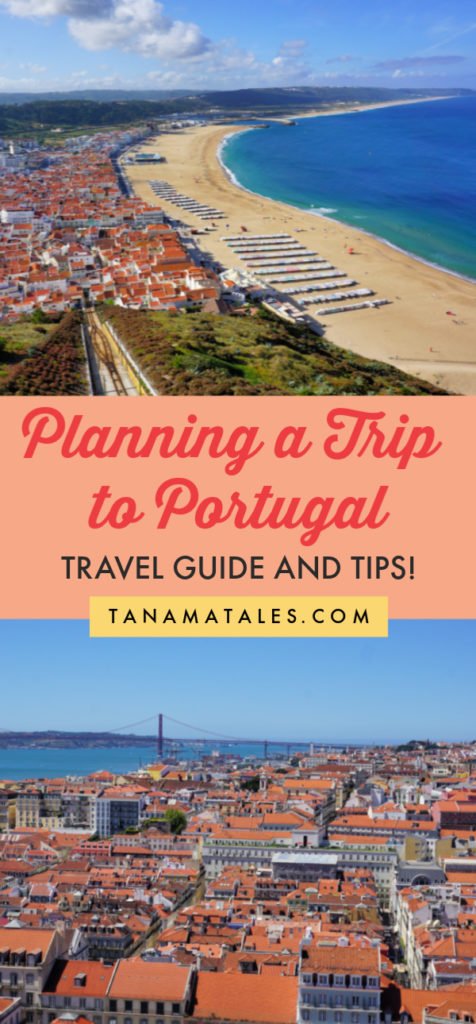


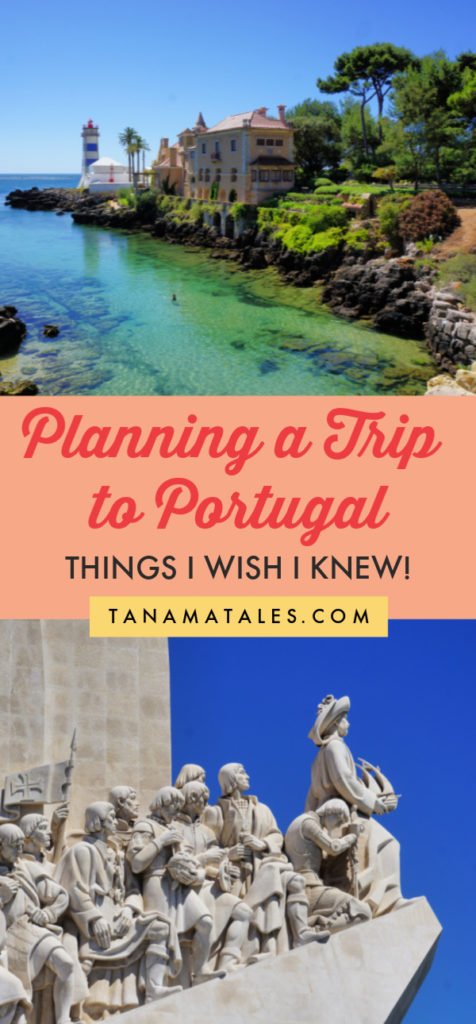





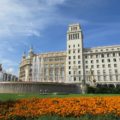
Bryanna says
Love this post– such thorough and important info! Thank you.
I ws wondering what year did you go?
Kat says
Me too, when did you go??